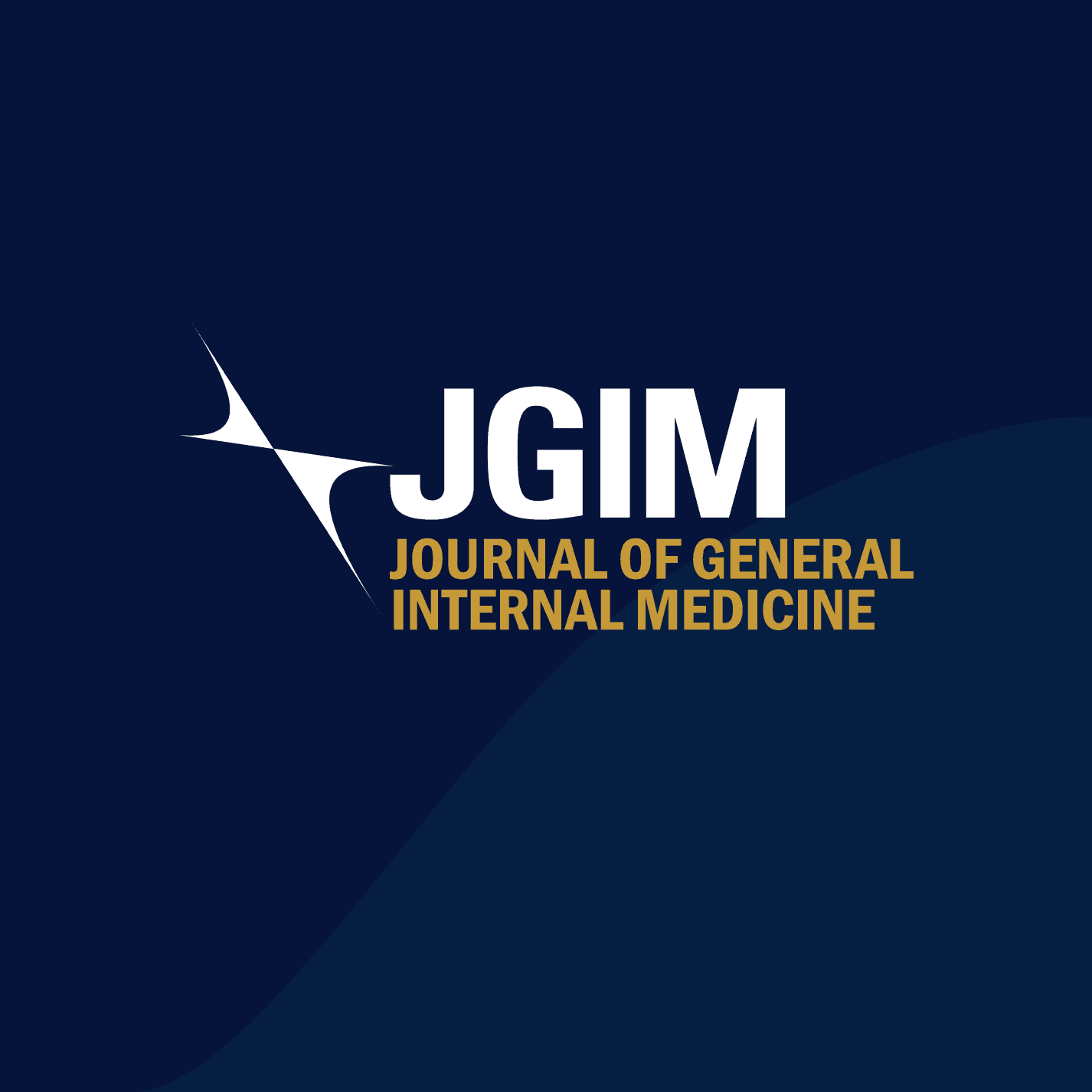Abstract
Background
Inpatient medicine rotations (IMRs) aim to deliver exceptional clinical education and high-quality patient care. However, increasing workloads and the fast pace of inpatient wards are undermining this dual objective.
Objective
To explore tensions and challenges between balancing education and clinical practice on IMRs and how physician-leaders are addressing them.
Design
Constructivist grounded theory.
Participants
Inpatient medicine rotation physician-leaders from academic medical centers in the United States and Canada.
Approach
Data collection involved semi-structured individual and group interviews, collected and analyzed iteratively to develop an explanatory conceptual model. Rigor was enhanced through constant comparison, investigator triangulation, and return-of-findings sessions.
Key Results
Twenty interviews involving 27 participants from 20 distinct training programs were conducted. Participants endorsed IMRs unique clinical and educational value. However, they flagged how increasing workloads and resource challenges produce tensions that can undermine the quality of both which, as a consequence, negatively impact attending and trainee wellness. While reactionary “workarounds” were the norm, they often created unanticipated problems. Key IMR features and strategies for success were identified and organized into six categories: (1) patient mix/census; (2) leadership collaboration; (3) collaborative care models; (4) rotation scheduling; (5) clinical workflow; (6) educational workflow. How physician-leaders configured their IMR structures and processes within these categories had the potential to support or undermine the delivery of high-quality care, education, and wellness.
Conclusions
Inpatient medicine rotations, which is essential for clinical care and education, are currently facing serious challenges from a changing clinical and educational landscape. Our findings present a conceptual model highlighting key modifiable variables, giving physician-leaders a framework to assess and enhance their IMR’s clinical learning environment, thus fostering quality care, education, and clinician wellness.
Topic
JGIM
Author Descriptions
Division of Hospital Internal Medicine, Mayo Clinic, Rochester, MN, USA
John Ratelle MD & Gretchen Colbenson MD
Division of General Internal Medicine, Department of Medicine, Schulich School of Medicine and Dentistry, Western University, London, Ontario, Canada
Erin Spicer MD, MSc & Mark Goldszmidt MD, PhD
Centre for Education Research and Innovation (CERI) and Department of Medicine at Schulich School of Medicine and Dentistry, Western University, London, Ontario, Canada
Kristen A. Bishop PhD
Division of Hospital Medicine, Department of Medicine, Johns Hopkins Bayview Medical Center, Baltimore, MD, USA
Janet D. Record MD
Schulich School of Medicine and Dentistry, Western University, London, Ontario, Canada
Aishwarya Kulkarni BS
Share
Related Articles
SGLT2 Inhibitors and Prevention of Cardiovascular Events in Diabetes Patients with and Without Hypertension: A Nationwide Cohort Study
Abstract Objective The primary prevention of major adverse cardiovascular events by sodium-glucose…
Imaging of Medical Patients with Acute Kidney Injury: Patterns of Ultrasound Use and the Role of Point-of-care Ultrasound at a Tertiary Care Center
Abstract Background The etiology of acute kidney injury (AKI) can be divided…


